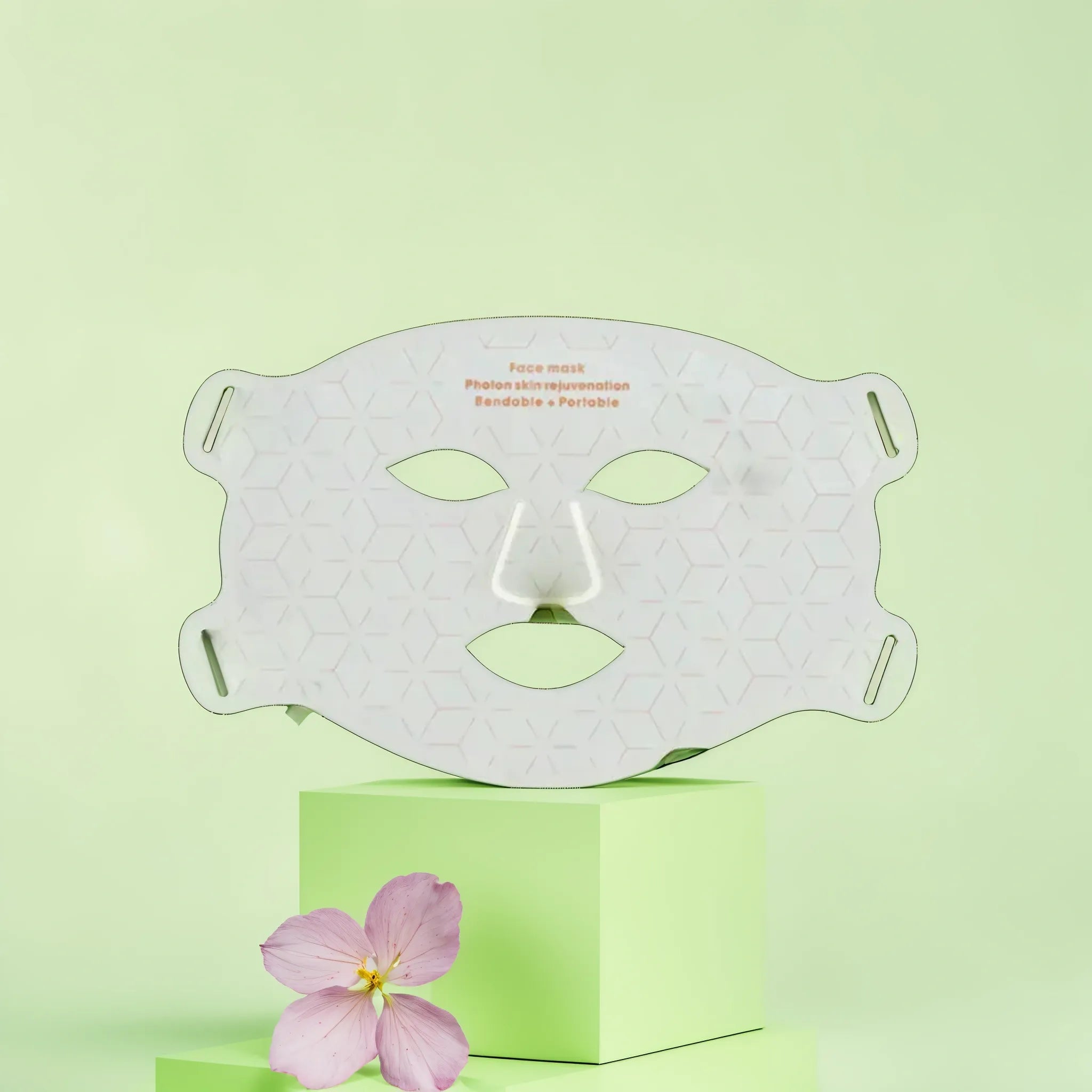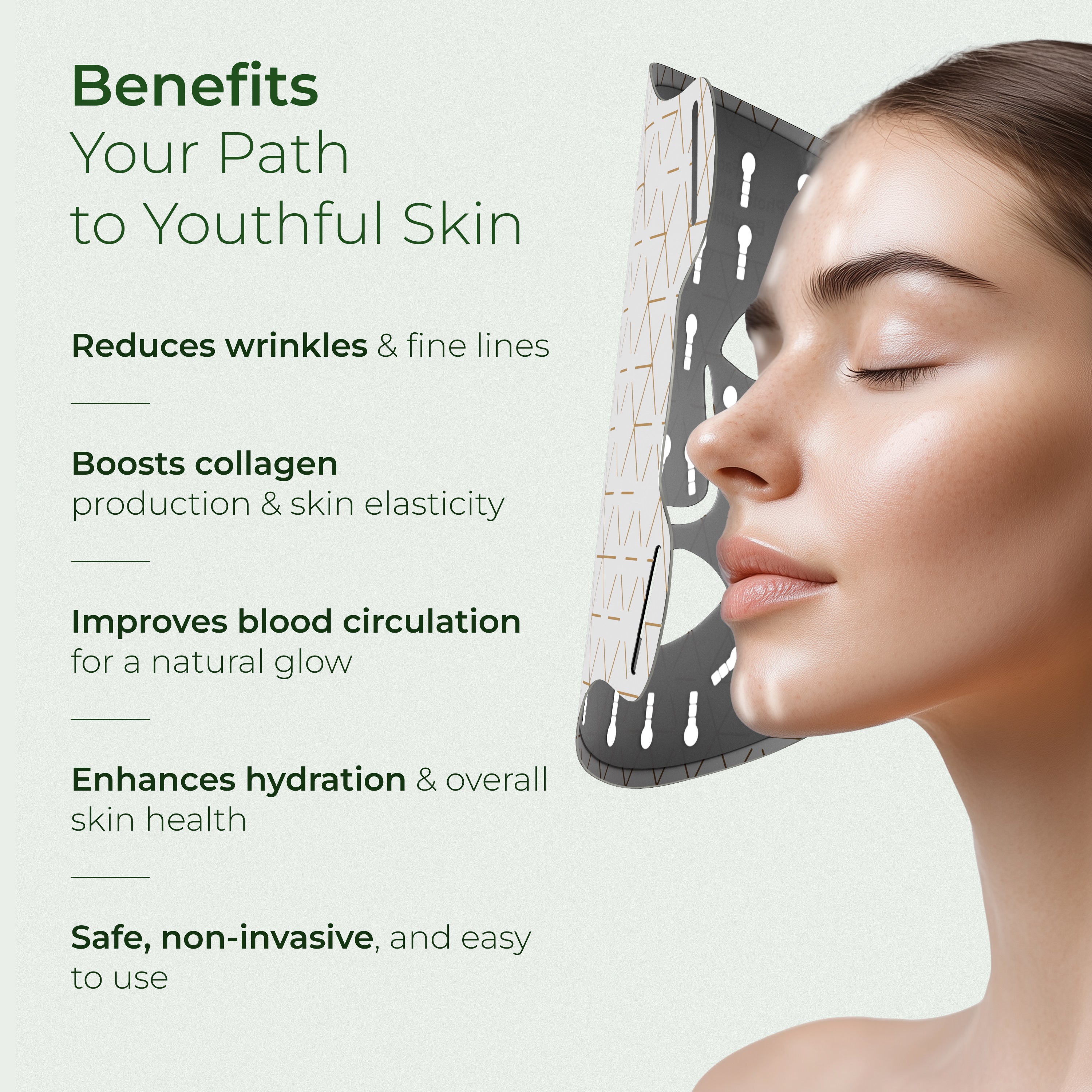Sometimes we just have dry hands or dry lips, but it seems like in the brisk and windy months of winter, we have several trouble spots. This blog post is going to show you how at home microdermabrasion can keep your skin soft and hydrated even under the harshest weather conditions.
Our microdermabrasion machines can help you minimize:
Before you start treating any area:
- Make sure that the skin is clean and dry. Make sure that there are no lotions or fragrances on your skin.
- Check your machine to be sure you have a clean filter in place and that the diamond tip is securely in place.
- When treating dry skin, you may notice more skin cells and debris coming off than a normal facial treatment. Make sure you change filters often! Sometimes I have to change the filter when I finish the top of just one hand. Failure to change the filter can cause problems with your machine working properly because of debris getting caught in the motor.

Chapped Lips
This tip comes from our very own Customer Care Rep, Sunni! You can use the Precision Tip with your RejuvadermMD or MicrodermMD on a low setting to gently exfoliate your lips. Apply a rich lip balm or butter to seal those silky, soft lips! Try our Collagen Lip Infusion Serum!
Rough Hands
Using our standard diamond tip with medium coarseness and the highest level of your Trophy Skin microderm system, you can slough off stubborn roughness with 2 or 3 passes (work on the age spots as well!). Afterwards, apply Argan Stem Cell Serum, a hyaluronic acid product or body oil to seal in moisture and top off with a great SPF hand cream.
Dry, Cracked Feet
Following the same regimen as your hands. I like to work on my feet at night and then slather on an extra emollient cream. Putting on a pair of socks afterwards, I wake up to silky soft heels the next morning!

Prickly Dry Face
Now here you will want to be careful. When the air is very dry, it can create increased sensitivity for your skin. You want to exfoliate, but might need to take more care than you do the rest of the year. For this reason, I recommend using our Fine Tip for Sensitive Skin or knocking your power level down when treating your face during the winter months. Afterwards, apply Argan Stem Cell Serum and your favorite Night Cream for bedtime or a really good SPF moisturizer during the day.
Flaky Arms and Legs
I don’t know about you, but my black pants look like they have a layer of snowflakes when I change clothes! For larger body parts, I recommend trying our Body Tip. The Body Tip has a larger head and is a bit more coarse than our standard diamond tip. The larger head will allow for faster treatment times. Please note, you will use several filters to treat your legs and arms.
Don’t be frugal here! If you are concerned about the cost of filters and how many you need for an effective full body treatment, don't worry! A pack of 100 replacement filters is just $15. That's about a year's use!
Follow up your microderm treatment with a luxurious body butter and slip into some silk pajamas. Ahh - heaven!
Hopefully, these tips and tricks will revitalize your skin from head to toe!
Additional Tips for Managing Dry Skin at Home
Dry skin is a common skin condition that can lead to discomfort and irritation, especially during the colder months when dry air and home heating systems exacerbate the issue. While microdermabrasion can be an effective treatment to improve the texture of your skin, incorporating a comprehensive skin care routine with moisturizing strategies is essential to keep your skin hydrated and healthy. Here are some top tips and home remedies to help relieve dry skin and maintain a healthy skin barrier.
Understanding Dry Skin and Its Causes
Dry skin occurs when your skin loses too much moisture, leading to the spaces between skin cells becoming less effective at holding in water. This condition can result in flaky skin, irritation, and even cracked skin in severe cases. Several factors contribute to dry skin, including environmental conditions like low humidity and wind, as well as frequent bathing or showering, particularly with hot water. Additionally, the use of harsh soaps or skin care products with fragrances can strip away natural oils, worsening the skin’s dryness.
Moisturizing: The Key to Healthy Skin
To effectively manage dry skin, it’s crucial to moisturize regularly. Dermatologists recommend applying a moisturizer immediately after a bath or shower while your skin is still damp. This helps to lock in moisture and protect your skin from drying out. Look for skin care products that are fragrance-free and contain ingredients like glycerin, hyaluronic acid, and petroleum jelly, which are known for their ability to hydrate and soothe dry skin.
Using a humidifier in your home can also help maintain moisture in the air, preventing your skin from drying out. This is particularly important during the winter months when home heating systems tend to dry the air indoors. Keeping a humidifier in your bedroom while you sleep can provide your skin with much-needed hydration throughout the night.
Home Remedies to Soothe Dry Skin
There are several home remedies you can incorporate into your skin care routine to relieve dry skin. For instance, oatmeal baths are a gentle way to soothe itchy skin. Simply add a cup of finely ground oatmeal to your bathwater and soak for about 15-20 minutes. Oatmeal has natural anti-inflammatory properties that can help calm irritated skin and reduce redness.
Another effective remedy is the use of coconut oil. Coconut oil is rich in fatty acids that can help nourish and moisturize your skin. Apply coconut oil to your skin after a bath or shower to keep your skin moisturized. It’s particularly beneficial for treating extremely dry skin on areas like the elbows, knees, and heels.
Choosing the Right Skin Care Products
When dealing with dry skin, it’s essential to select skin care products that cater to your specific skin type. Products designed for dry skin often include ingredients that help retain moisture and repair the skin barrier. Avoid using soaps and cleansers that contain alcohol, as these can further dry out your skin. Instead, opt for mild, fragrance-free cleansers that cleanse without stripping your skin of its natural oils.
It’s also important to exfoliate gently. While microdermabrasion can effectively remove dead skin cells, over-exfoliating can damage the skin barrier and worsen dryness. Limit exfoliation to once or twice a week, and always follow up with a rich moisturizer to replenish the moisture in your skin.
When to See a Dermatologist
While dry skin is usually manageable with at-home treatments, there are times when it’s necessary to seek professional advice. If your dry skin is accompanied by severe itching, redness, or swelling, it may be a sign of a more serious condition, such as eczema or psoriasis. A dermatologist can provide a proper diagnosis and recommend treatment options that are tailored to your needs.
In some cases, a dermatologist might prescribe newer treatment options, such as prescription creams or ointments that help restore the skin’s barrier function. They can also offer advice on how to modify your skin care routine to prevent further irritation.
Protecting Your Skin from the Elements
One of the most important aspects of caring for dry skin is protecting it from external factors that can worsen the condition. Always apply a broad-spectrum sunscreen with at least SPF 30 to protect your skin from the sun’s harmful rays, which can further dry out your skin. During the winter, wearing gloves, scarves, and other protective clothing can help shield your skin from cold winds and prevent moisture loss.
Maintaining a Balanced Diet for Skin Health
Your diet plays a significant role in maintaining healthy skin. Eating a balanced diet rich in omega-3 fatty acids, vitamins, and antioxidants can help improve your skin’s overall health. Foods like salmon, walnuts, and avocados are excellent sources of omega-3 fatty acids, which can help keep your skin moisturized from the inside out. Additionally, drinking plenty of water throughout the day is essential to keep your skin hydrated.
Conclusion: Take Charge of Your Skin Care Routine
Managing dry skin requires a combination of proper skin care, home remedies, and lifestyle adjustments. By following the tips outlined in this article, you can help your skin retain its moisture, soothe irritation, and maintain a healthy appearance year-round. Remember, consistency is key, and if your dry skin persists despite these efforts, consulting with a dermatologist can provide you with the guidance and treatment you need to achieve optimal skin health.












Deixe um comentário
Este site está protegido pela Política de privacidade da hCaptcha e da hCaptcha e aplicam-se os Termos de serviço das mesmas.